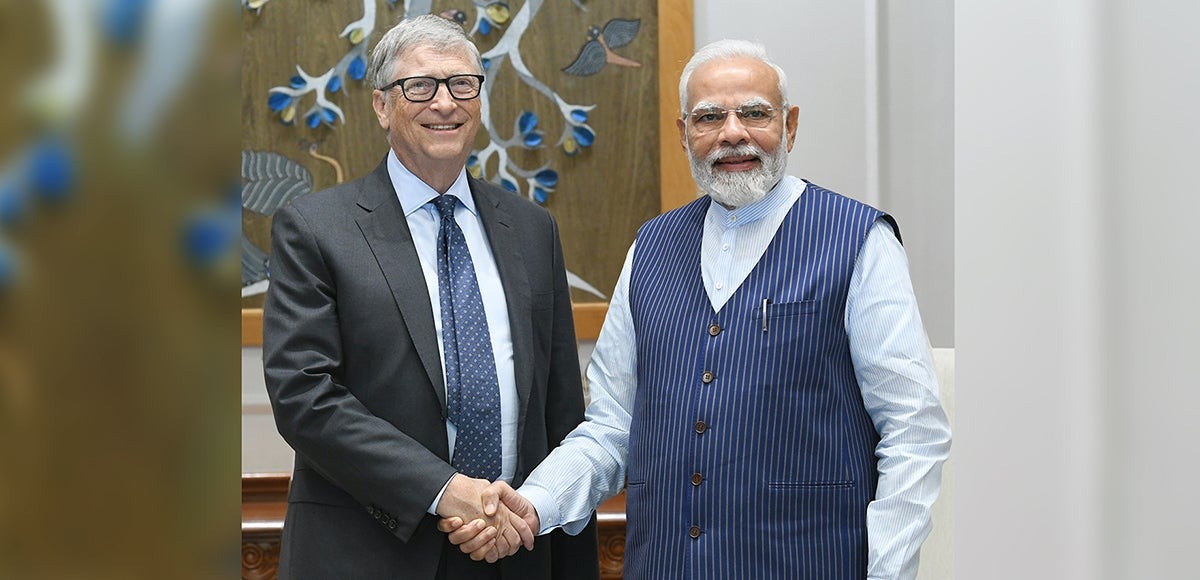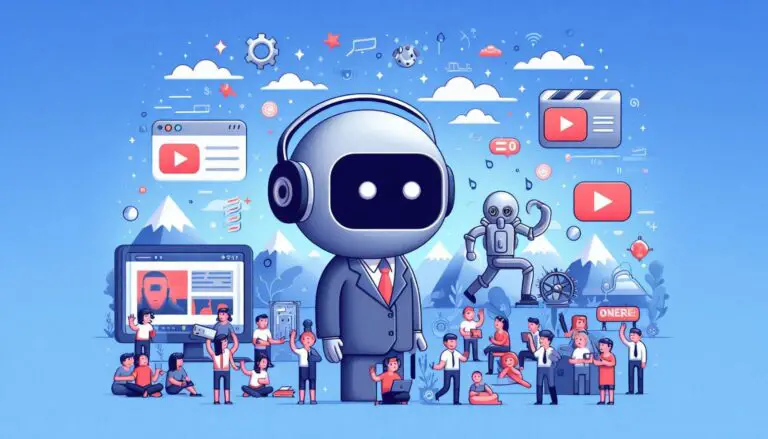Bill gates and Narendra modi talk about Digital revolution in India
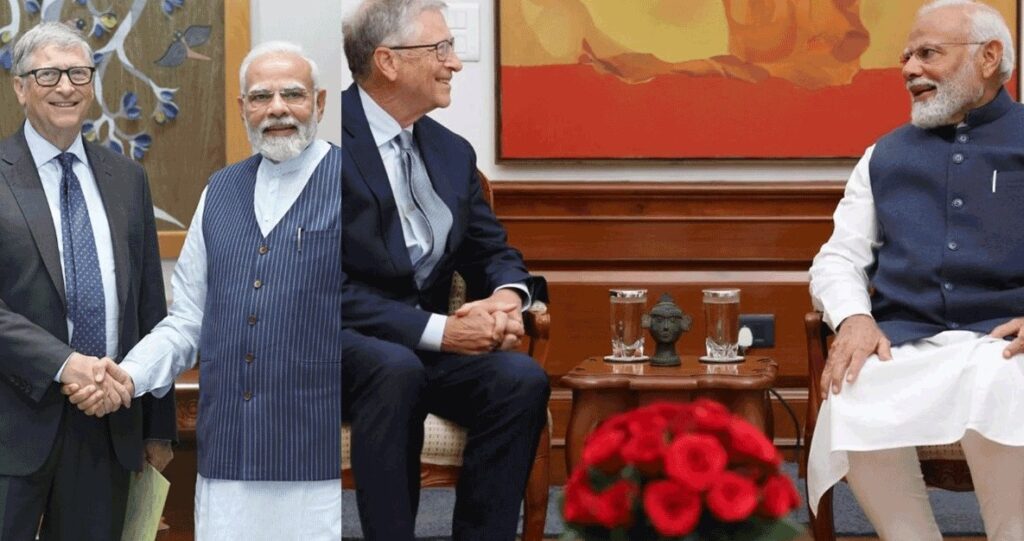
The Digital Revolution in India: Empowering a Nation Through Technology
The digital revolution in India represents a monumental shift in the country’s socio-economic landscape, propelled by rapid advancements in technology and connectivity. Over the past few decades, India has witnessed a transformative journey, transitioning from a predominantly agrarian economy to a burgeoning digital powerhouse. This essay explores the key drivers, milestones, and impact of the digital revolution in India, highlighting its profound implications for economic growth, social empowerment, and technological innovation.
Foundations of the Digital Revolution:

The seeds of India’s digital revolution were sown with the liberalization of the economy in the early 1990s, which ushered in an era of economic reforms and globalization. This period saw the emergence of IT hubs such as Bangalore, Hyderabad, and Pune, laying the groundwork for India’s emergence as a global technology hub. Additionally, the launch of economic policies aimed at fostering entrepreneurship and innovation provided the necessary impetus for the growth of the IT sector. The advent of the internet and the proliferation of mobile technology further catalyzed India’s digital transformation. The liberalization of the telecom sector in the late 1990s led to a surge in mobile phone penetration, connecting millions of Indians to the digital world. Subsequent advancements in internet infrastructure, coupled with the launch of affordable smartphones and data plans, democratized access to information and services, particularly in rural areas.
Government Initiatives and Digital Infrastructure:
Recognizing the potential of digital technologies to drive inclusive growth, the Indian government launched several flagship initiatives aimed at bridging the digital divide and empowering citizens. The National e-Governance Plan (NeGP) and the Digital India program were instrumental in modernizing government services, promoting digital literacy, and fostering digital inclusion across the country.

Investments in digital infrastructure played a crucial role in expanding connectivity and access to digital services. The BharatNet project aimed to connect over 250,000 gram panchayats (village councils) with high-speed broadband internet, enhancing digital connectivity in rural areas. Furthermore, initiatives such as the Aadhaar biometric identification system and the Unified Payments Interface (UPI) revolutionized digital payments, facilitating financial inclusion and enabling seamless transactions.
Economic Impact and Digital Innovation:
The digital revolution has had a profound impact on India’s economy, driving growth, innovation, and job creation across various sectors. The IT and IT-enabled services (ITES) industry emerged as a key engine of economic growth, generating employment opportunities and attracting foreign investment. India’s vibrant startup ecosystem, fueled by entrepreneurial talent and venture capital, has fostered innovation and disruption in areas such as e-commerce, fintech, and healthtech.
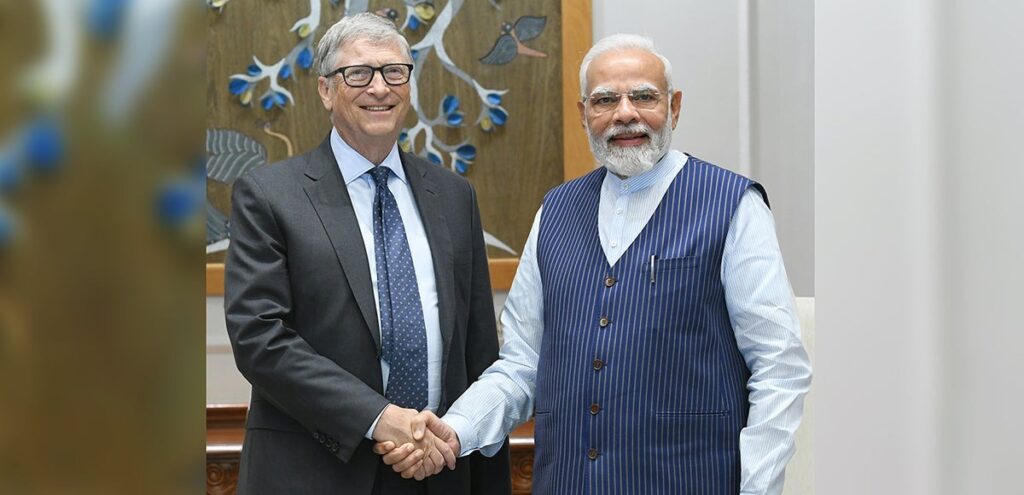
E-commerce platforms like Flipkart and Amazon India have transformed the retail landscape, offering consumers convenience and choice through online shopping. Digital payment platforms such as Paytm, Google Pay, and PhonePe have revolutionized financial transactions, promoting cashless transactions and financial inclusion. Moreover, advancements in artificial intelligence (AI), blockchain, and big data analytics are driving digital innovation and shaping the future of industries such as healthcare, agriculture, and manufacturing.
Social Empowerment and Inclusive Development:
Beyond economic growth, the digital revolution in India has been a catalyst for social empowerment and inclusive development. Digital technologies have empowered marginalized communities, enabling access to education, healthcare, and government services. Initiatives like Digital Saksharta Abhiyan (DISHA) have promoted digital literacy among underprivileged populations, bridging the digital divide and fostering digital inclusion.
who is bill gates
Introduction:
Bill Gates is a name synonymous with innovation, entrepreneurship, and philanthropy. As the co-founder of Microsoft Corporation, Gates played a pivotal role in revolutionizing the technology industry, shaping the way people interact with computers, and transforming society as a whole. Beyond his contributions to the tech world, Gates has become a global leader in philanthropy, utilizing his wealth and influence to address pressing global issues such as poverty, healthcare, and education. This essay aims to delve into the life, achievements, and enduring legacy of Bill Gates, exploring the various facets of his remarkable journey.
Early Life and Education:
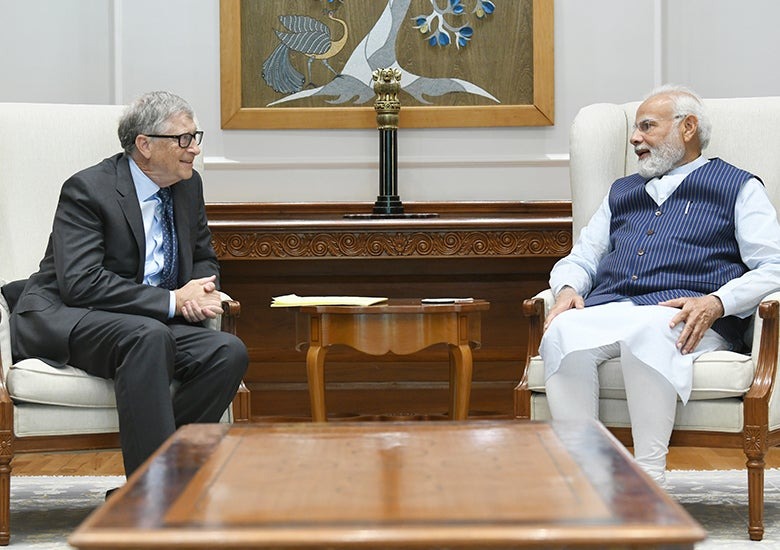
Born on October 28, 1955, in Seattle, Washington, William Henry Gates III, commonly known as Bill Gates, exhibited a keen interest in computers and programming from a young age. His father, a successful attorney, and his mother, a prominent businesswoman, encouraged his intellectual pursuits and provided him with ample resources to nurture his talents. Gates attended Lakeside School, where he first encountered computers and began programming at the age of 13. Recognizing his potential, Lakeside administrators even raised funds to purchase a computer for the school, providing Gates and his classmates with unparalleled access to early computing technology.
Founding Microsoft and Technological Innovation:
In 1975, Gates and Allen founded Microsoft, a small software company focused on developing software for the emerging market of personal computers. Their vision was ambitious: to put a computer on every desk and in every home, a goal that seemed audacious at the time but would later become a reality. Microsoft’s breakthrough came with the development of MS-DOS, an operating system for IBM-compatible personal computers. This pivotal moment marked the beginning of Microsoft’s dominance in the software industry.
Legacy and Influence:
As Bill Gates transitions from the helm of Microsoft to focus more on his philanthropic efforts, his impact on the world will continue to be felt for generations to come. His entrepreneurial spirit, visionary leadership, and commitment to making a positive difference have inspired countless individuals to pursue their passions and strive for excellence in their respective fields.
Gates’s journey from computer whiz kid to tech titan to global philanthropist serves as a testament to the power of innovation, perseverance, and compassion. His legacy reminds us that with great success comes a responsibility to give back to society and uplift those in need. In an increasingly interconnected world facing complex challenges, the principles and values embodied by Bill Gates serve as a guiding light for future generations striving to make a meaningful impact on the world.

